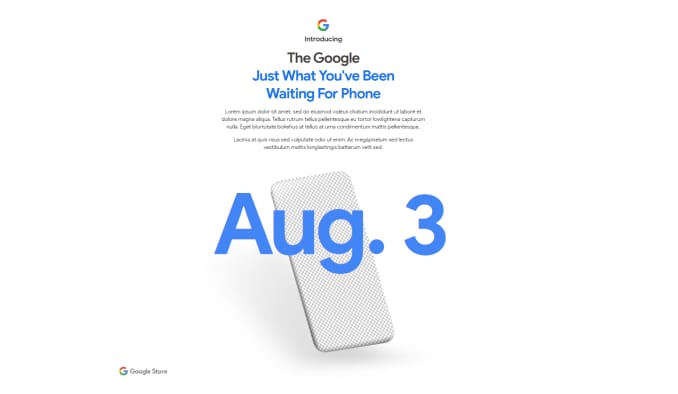Comparison of Photo and Videos
Contents
Turning to the camera system, the primary camera on the Pixel 8 Pro is a 50 MP wide-angle lens with an f/1.68 aperture, offering a larger aperture than the Pixel 7 Pro’s f/1.85. The ultrawide camera has been upgraded to a 48 MP sensor with an f/1.95 aperture, a significant improvement over the 12 MP f/2.2 of its predecessor. The telephoto lens has also been enhanced, now sporting a 48 MP sensor with an f/2.8 aperture, in contrast to the Pixel 7 Pro’s f/3.5. Both cameras support 5X optical zoom and SuperRes digital zoom of up to 30X.
For selfies, the Pixel 8 Pro features a 10.5 MP front camera, slightly lower in resolution compared to the Pixel 7 Pro’s 10.8 MP, but it compensates with autofocus. Both cameras share the same f/2.2 aperture.
We took the Pixel 7 Pro and Pixel 8 Pro, shooting in various locations under different environments – indoor low lighting and outdoors. Photos and Videos were also taken using wide angle, normal angle. Photos were also shot with SuperRES at 30X zoom.
Differences are not noticeable. In fact, we did not notice much differences in the quality of photos for both Pixel 7 Pro vs Pixel 8 Pro.
The more apparent differences is video shoot in 4K/60 fps in wide angle. We notice less flickering and the video has more consistent brightness throughout.
The more interesting features on the Pixel 8 Pro are the Pro controls, Best Take, Audio Magic Eraser, Video Boost*, Night Sight Video, Magic Editor, Ultra HDR, and Astrophotography





